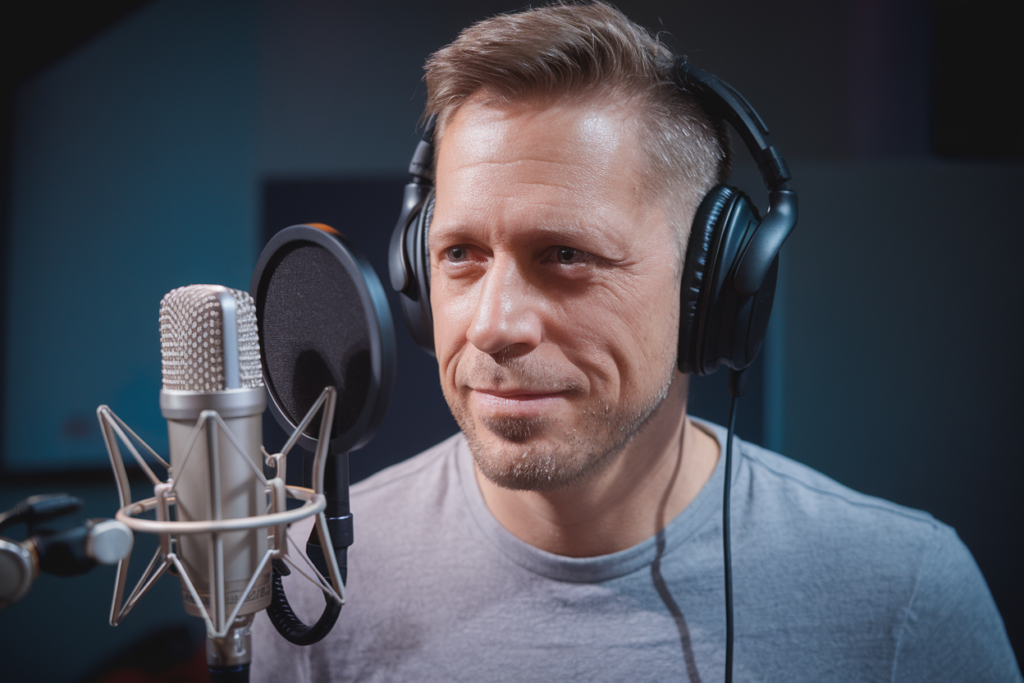Voice-over services in Germany are vital for various industries, from entertainment to corporate communication. With its rich linguistic heritage and a highly professional industry, Germany offers exceptional opportunities for voice-over projects.
The Importance of Voice-Over in Germany
Voice-over in Germany is a booming sector due to the high demand for localized content in German-language media, advertising, and education. Companies and content creators often require services to adapt global content to German audiences, ensuring authenticity and engagement.
Common Applications of Voice-Over in Germany
- Entertainment: Dubbing for films, TV series, and animations.
- Corporate Communications: E-learning modules, presentations, and company promotional videos.
- Marketing and Advertising: Commercials, explainer videos, and product launches.
- Audiobooks and Podcasts: Providing professional narration for audio media.
Languages in Voice-Over Germany
While German (Deutsch) is the primary language used in German voice-over services, multilingual capabilities are also in high demand.
Popular Languages for Voice-Over in Germany
- Standard German: The most commonly used form for professional and public content.
- English: Often requested for international projects with a German audience.
- French, Italian, and Spanish: Frequently needed for European collaboration and media.
- Regional German Dialects: Bavarian, Swabian, or Saxon for localized storytelling or cultural authenticity.
The Role of Localization in Germany
Localization is key in voice-over projects for German audiences. A successful voice-over adapts not just the language but also the cultural nuances, idioms, and preferences of the audience.
Accents and Dialects in Voice-Over Germany
Germany’s linguistic diversity means accents and dialects play an important role in voice-over work.
Common German Accents
- High German (Hochdeutsch): The standardized accent, used in most professional settings.
- Bavarian: A warm, regional accent often used in traditional or localized content.
- Berlinerisch: Associated with the capital city, adds character and charm.
- Swabian: A softer regional tone ideal for connecting with audiences in southern Germany.
When Are Regional Accents Used?
- Entertainment Projects: To reflect authentic character traits or setting.
- Marketing Campaigns: To connect with specific demographics.
- Documentaries: For accurate historical or cultural representation.
Choosing the Right Voice Talent in Germany
Finding the right voice talent is critical for the success of any project. Key factors include:
- Clarity and Pronunciation: Ensuring the message is easily understood.
- Tone and Style: Matching the tone to the project, whether it’s professional, warm, or dynamic.
- Experience and Versatility: Professional voice actors often have portfolios showcasing their range.
- Accent or Dialect Expertise: For projects requiring a regional touch.
German Voice-Over Industry Standards
Germany’s voice-over industry maintains high professional standards, ensuring top-quality recordings. Studios are equipped with the latest technology, and voice talents are well-trained in both acting and technical skills.
Key Features of German Voice-Over Studios
- State-of-the-art recording equipment for crisp, clear audio.
- Expert sound engineers to optimize sound quality.
- Multilingual support for international projects.
Voice-over in Germany combines linguistic precision, cultural understanding, and technical excellence, making it a cornerstone of the global content industry.







